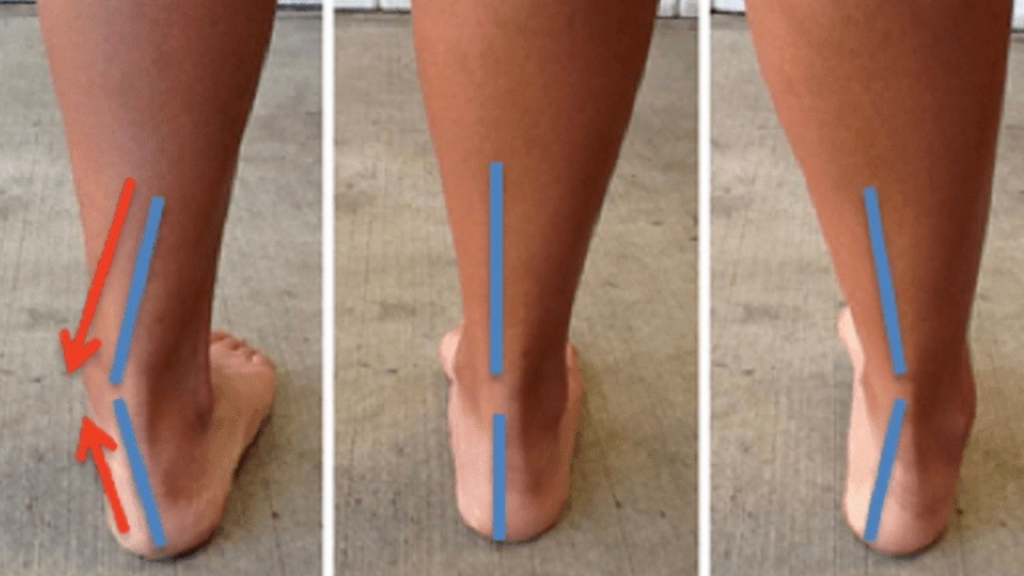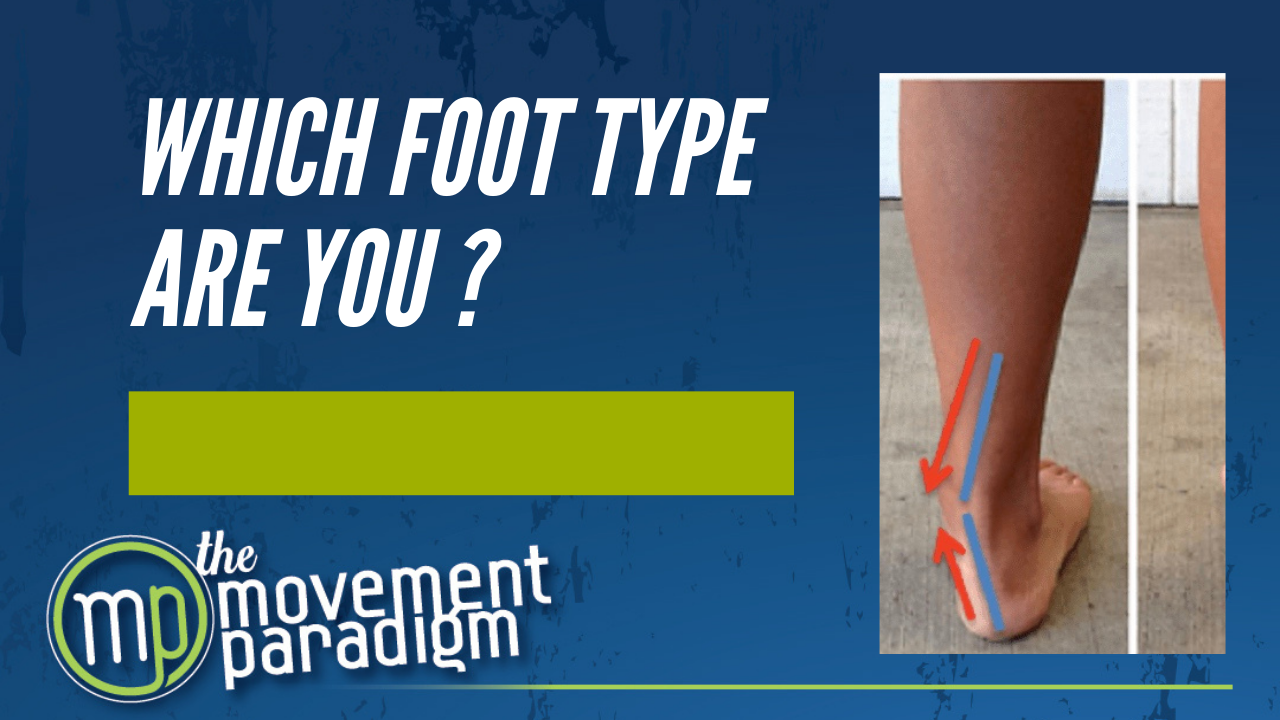Did you ever wonder what your foot type is? And if so, do you know the impact of your foot type on your movement, gait, and injury risk? How can you address your foot type so that you are maximizing your foundation, i.e your feet. You’ll want to connect your foundation with your core and integrate into your dynamic movement to stay injury-free.
We have three primary foot types;
- Everted foot type
- Neutral foot type
- Inverted foot type
None of these foot types are bad in and of themselves. However, it is important to understand the impact that it can have on function, as well as potential injuries.

On the left is the everted foot type which is associated with being unlocked and unstable. This foot type is typically classified as the flatter foot type or the more pronated foot. The neutral foot type is in the middle, which is the optimal foot position. On the right is the inverted foot type which is associated with being locked, rigid, and stable. This foot type is commonly viewed as the high arched foot type.
Each foot type has different implications on movement and overall function. Therefore they should be addressed in an individualized manner. For example, if you have more of an everted foot type, a flatter, unstable foot, then the lateral structures of the lower legs will likely be tight. The outside of the lower leg and calf would need to be mobilized, and then the foot needs to be strengthened. In an inverted foot type, a locked, rigid foot type, it is important to mobilize the muscles on the inside of the calf and improve active ankle mobility to bring the foot into neutral. All of them will require some type of integration with your core and into dynamic movement.
There are exceptions to every rule, however, and there are different pathologies that you or someone you know may present with that need to be factored in. In addition to performing the appropriate exercises to balance your foot, you’ll also want your footwear to enhance your natural foot function, rather than replace it. Your foot type, injury history, movement, and pathologies will determine which shoe would be best for you.
If you would like to understand what foot type you are and what to do about it please reach out for a 15-minute discovery session so that we can guide you on how we can help you on your journey.
If you need help on your journey to better health, contact drarianne@staging.movementparadigm.flywheelsites.com to schedule a FREE 15 minute virtual consultation.
For more content, make sure to subscribe to our YouTube channel here.

